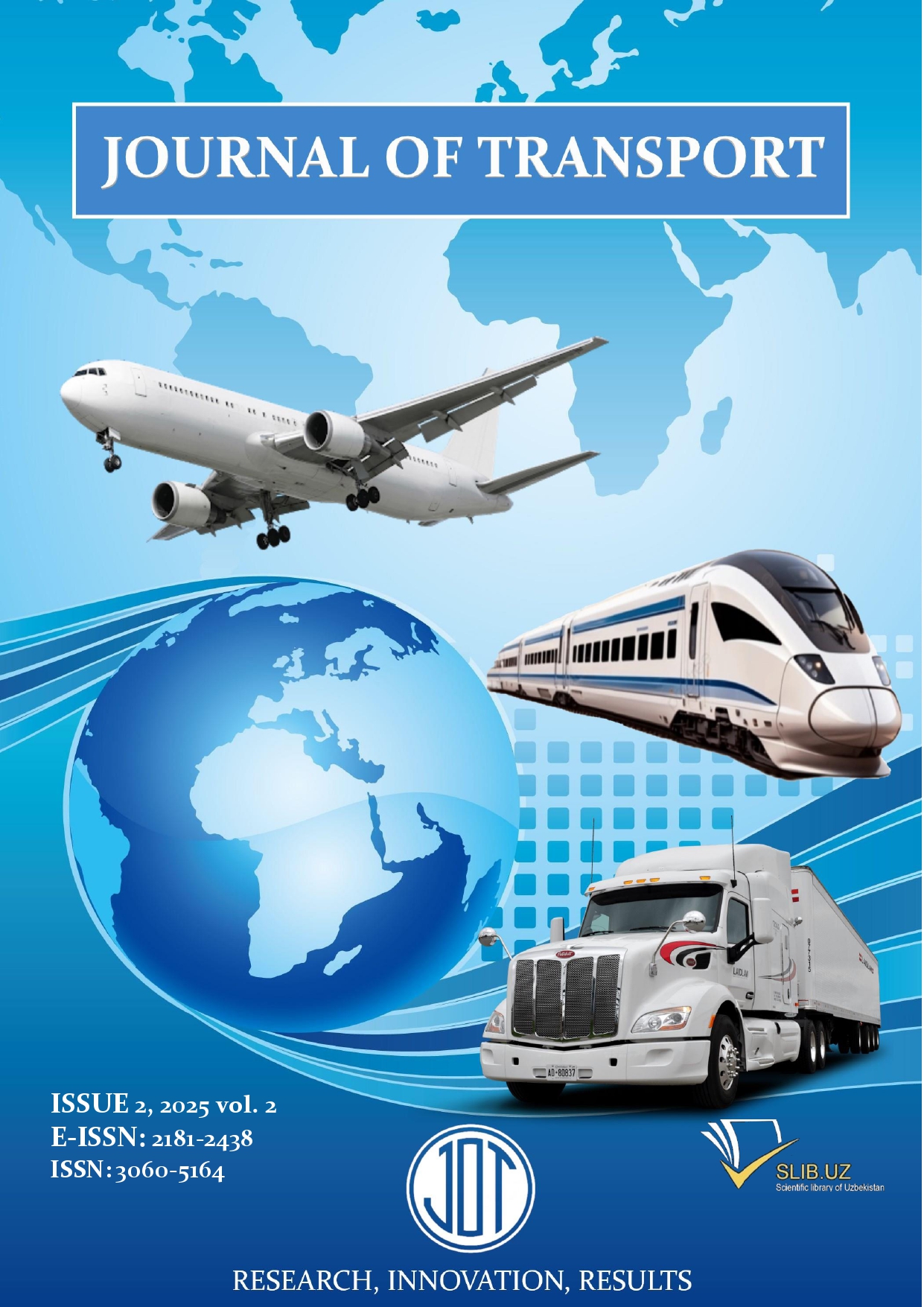Models and trends of digitalization in the energy sector - analysis based on international experience
Abstract
This article analyzes models of digitalization of the energy sector based on international experience. Nowadays, digitalization creates opportunities not only for effective management of energy infrastructure, but also for sustainable development, energy saving, carbon emission reduction, and rapid response to consumer needs. The application of Smart Grid, Big Data, AI, IoT, Blockchain, and Digital Twin technologies in energy is analyzed using the examples of the European Union, the United States, China, and Japan. The advantages and distinctive features of the models in each country are shown. The results of the study showed that digitalization plays an important role in increasing efficiency in energy systems, ensuring stability of supply, saving resources, and improving interactive relations with consumers. Recommendations for Uzbekistan are also substantiated - the need to form management based on integrated systems, consumer centricity, artificial intelligence, and Big Data.
References
[2] А.Е. Мозохин, В.Н. Шведенко. Анализ направлений развития цифровизации отчественных и зарубежных энергетических систем // Научно-технический вестник информационных технологий, механики и оптики, Университет ИТМО, Москва, 2019., Том 19, №4. стр.657-672.
[3] J.N. Fayzullaev. Raqamli iqtisodiyot tushunchasining mohiyati boʼyicha ilmiy yondashuvlar tahlili. Iqtisod va Moliya / Ekonomika i Finansы 2022, 1(149).
[4] Zhang, Y., Wang, L., & Sun, H. (2020) Smart grid technologies and applications: A review. Renewable and Sustainable Energy Reviews, 134, 110202. https://doi.org/10.1016/j.rser.2020.110202
[5] Gungor, V. C., Sahin, D., Kocak, T., et al. (2013) Smart grid technologies: Communication technologies and standards. IEEE Transactions on Industrial Informatics, 7(4), 529–539. https://doi.org/10.1109/TII.2011.2166794
[6] Liu, Y., Fan, R., & Chen, Y. (2018). Big Data in smart grids: A review. Renewable and Sustainable Energy Reviews, 81, 1484–1494. https://doi.org/10.1016/j.rser.2017.05.133
[7] Mohassel, R. R., Fung, A., Mohammadi, F., & Raahemifar, K. (2014). A survey on advanced metering infrastructure. International Journal of Electrical Power & Energy Systems, 63, 473–484. https://doi.org/10.1016/j.ijepes.2014.06.005
[8] Crosbie, T., & Vyas, H. (2021). Digitalization and electricity demand: A comprehensive review. Energy Reports, 7, 2359–2371. https://doi.org/10.1016/j.egyr.2021.04.013
[9] Fang, X., Misra, S., Xue, G., & Yang, D. (2012). Smart grid – The new and improved power grid: A survey. IEEE Communications Surveys & Tutorials, 14(4), 944–980. https://doi.org/10.1109/SURV.2011.101911.00087
[10] Zhou, K., Fu, C., & Yang, S. (2016). Big Data driven smart energy management: From big data to big insights. Renewable and Sustainable Energy Reviews, 56, 215–225. https://doi.org/10.1016/j.rser.2015.11.050





